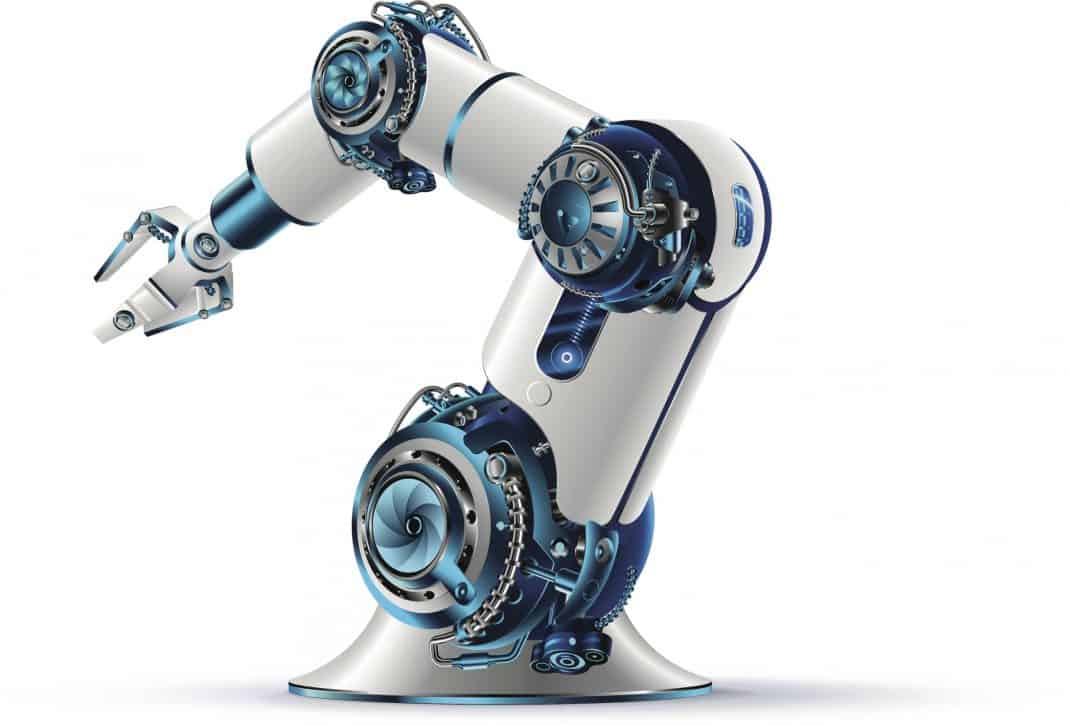A mobile robot scientist that can work 24/7, carrying out experiments by itself as been built by University of Liverpool researchers.
The robot scientist, the first of its kind, makes its own decisions about which chemistry experiments to perform next, and has already discovered a new catalyst.
It has humanoid dimensions and works in a standard laboratory, using instruments much like a human researcher does.
However, unlike a human, this 400kg robot has infinite patience, can think in 10 dimensions, and works for 21.5 hours each day, pausing only to recharge its battery.
A video showing a ‘robot’s eye view’ of an experiment
This 1.75-meter tall robot is mobile and can work with equipment designed for human operation because of its human-like dimensions and physical reach. It uses a combination of laser scanning coupled with touch feedback for positioning, rather than a vision system.
In the first published example, the robot conducts 688 experiments over 8 days, working for 172 out of 192 hours. To do this, it makes 319 moves, completes 6,500 manipulations, and travels a total distance of 2.17 km. This new technology could find materials for clean energy production or new drug formulations by searching vast, unexplored chemical spaces.
The robot independently carries out all tasks in the experiment such as weighing out solids, dispensing liquids, removing air from the vessel, running the catalytic reaction, and quantifying the reaction products.
The robot’s brain uses a search algorithm to navigate a 10-dimensional space of more than 98 million candidate experiments, deciding the best experiment to do next based on the outcomes of the previous ones. By doing this, it autonomously discovered a catalyst that is six times more active, with no additional guidance from the research team.
Professor Andrew Cooper from the University’s Department of Chemistry and Materials Innovation Factory in Liverpool, who led the project added: “Our strategy here was to automate the researcher, rather than the instruments. This creates a level of flexibility that will change both the way we work and the problems we can tackle. This is not just another machine in the lab: it’s a new super-powered team member, and it frees up time for the human researchers to think creatively.”
The project was funded by the Leverhulme Trust and the Engineering and Physical Sciences Research Council.
The paper `A mobile robotic chemist’ (doi: 10.1038/s41586-020-2442-2) is published in Nature.







